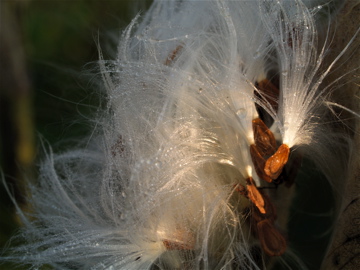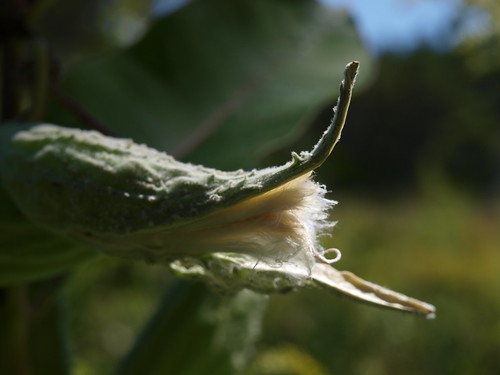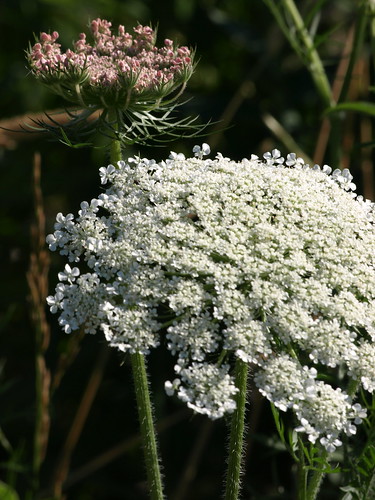“It really boils down to this: that all life is interrelated. We are all caught in an inescapable network of mutuality, tied into a single garment of destiny. Whatever affects one destiny, affects all indirectly.”
~ Martin Luther King Jr.
The monarch butterfly, a bit of bright color in the summer prairie, has a unique story. Monarchs migrate from North America to Mexico every fall, and then return in spring, in an amazing test of inter-generational resiliency – the monarchs that begin the migration do not return. The next generation returns. It is a story of connection – generations of monarchs are required for the annual round trip.
And the monarchs are a visible example of the interconnectedness of nature. The Monarch larvae eat from the milkweed plant, and only from the milkweed. As the milkweed population lessens from loss of habitat and use of pesticides, the monarch populations decrease. All of nature is connected, often in unknown or poorly understood ways. And we are a part of nature. Our lives are ultimately affected by the decline of the many species of plant, insect, and animal whose numbers are slowly being diminished, often the result of human actions.
Not only are we connected – each in our own spectacular way – to all of humanity, not only does what happens to one of us ultimately affects all of us in limitless ways, but that which affects the smallest creatures on earth also plays an important part in our destiny – and that of our earth.
“Our ancient experience confirms at every point that everything is linked together, everything is inseparable.”
~ Dalai Lama XIV
The CONNECTION card offers inspiration for contemplation, journal writing, perhaps an art activity or a daily practice. How does it inspire you?
~~~~~~~~~~
Bo Mackison is a photographer and owner of Seeded Earth Studio LLC. Bo is creating the set of Prairie Wisdom Cards, second in a series of cards based on natural habitats, and used as inspiration for exploration and self-discovery.















